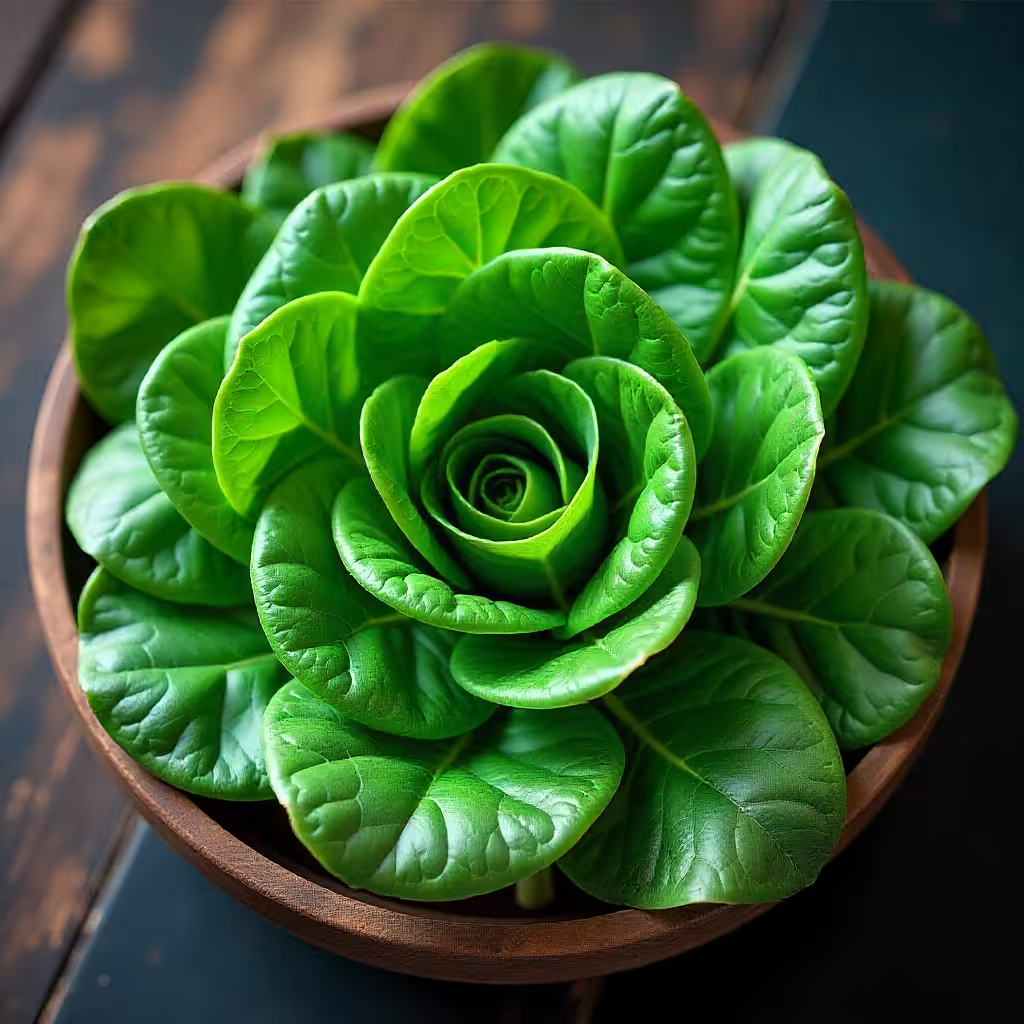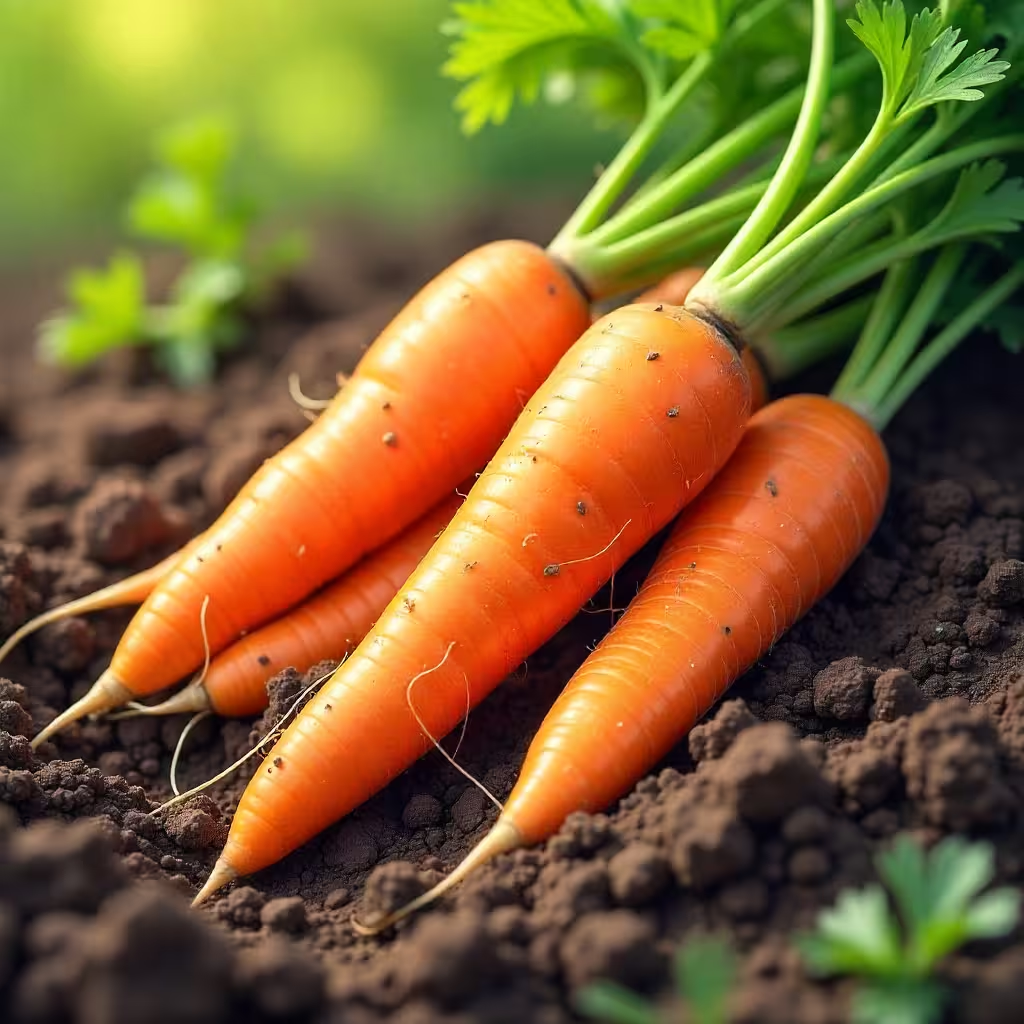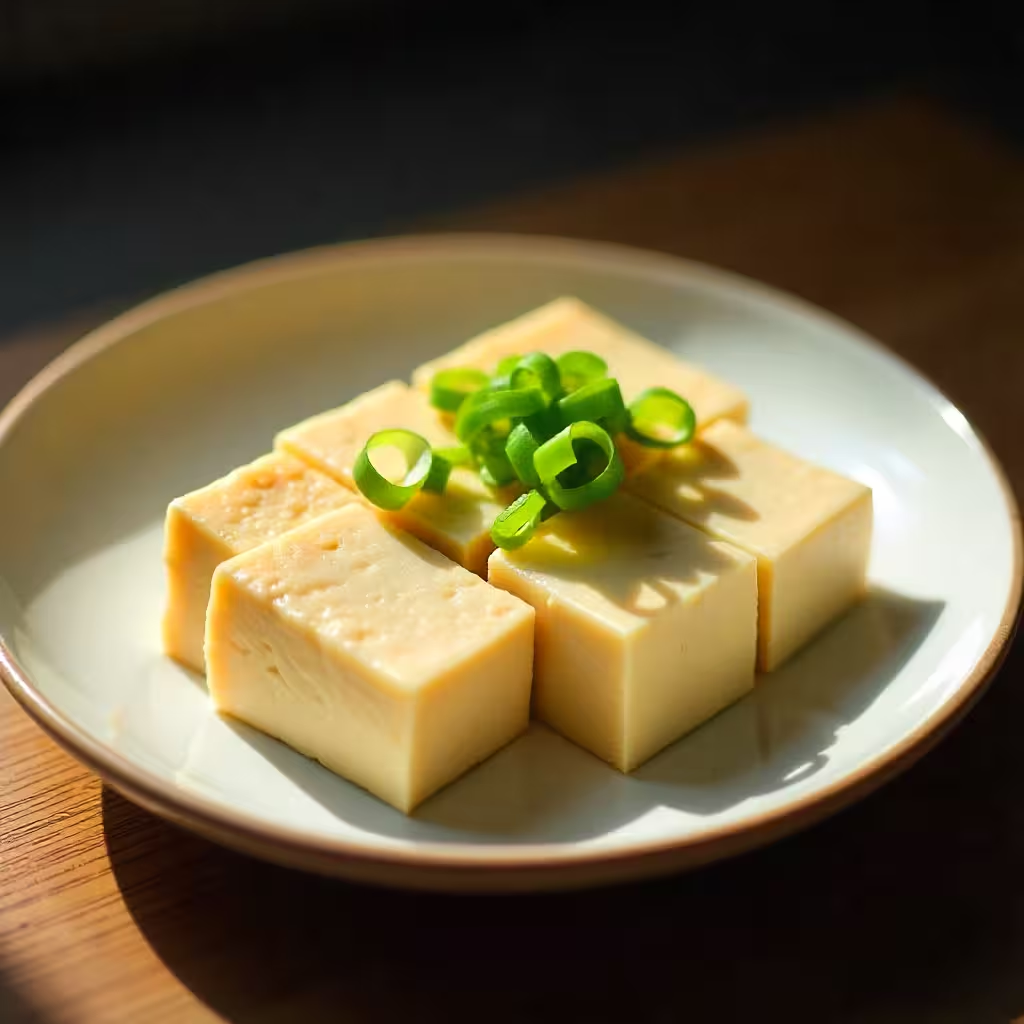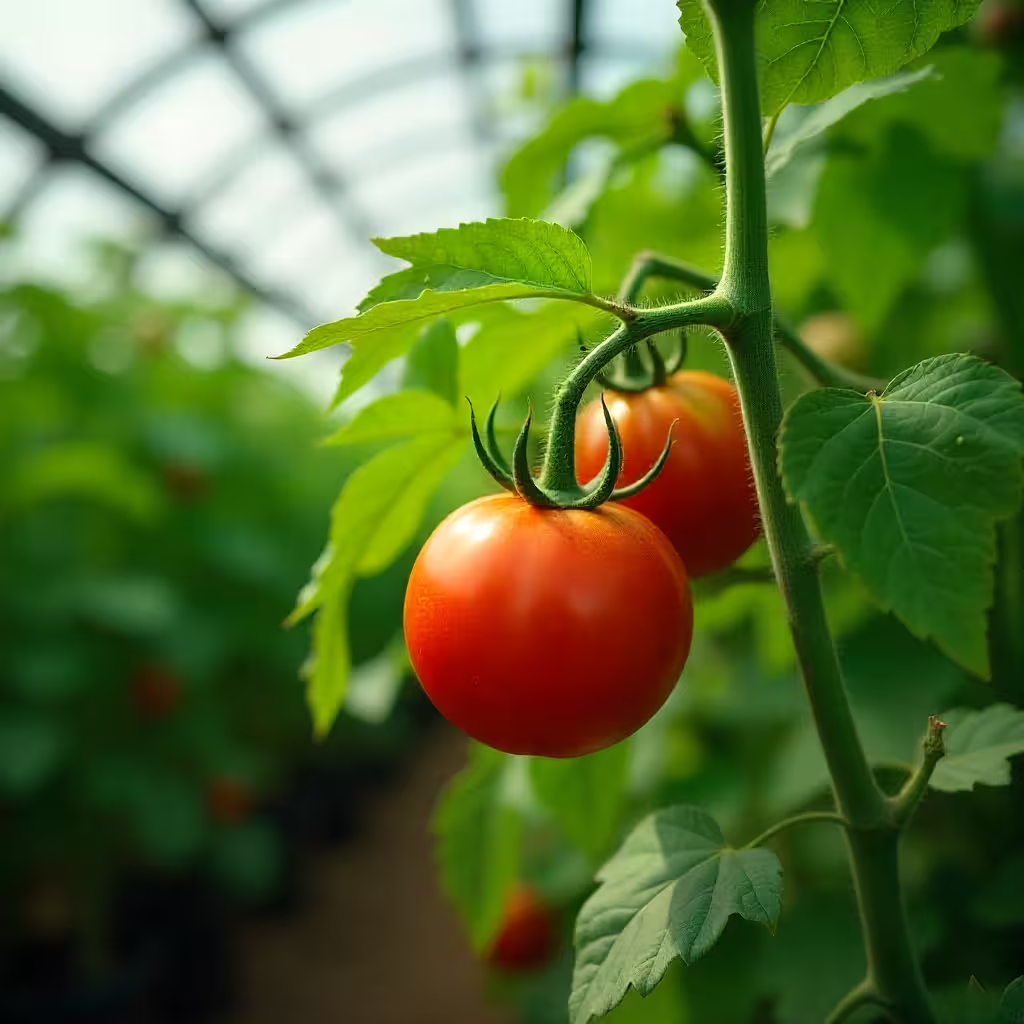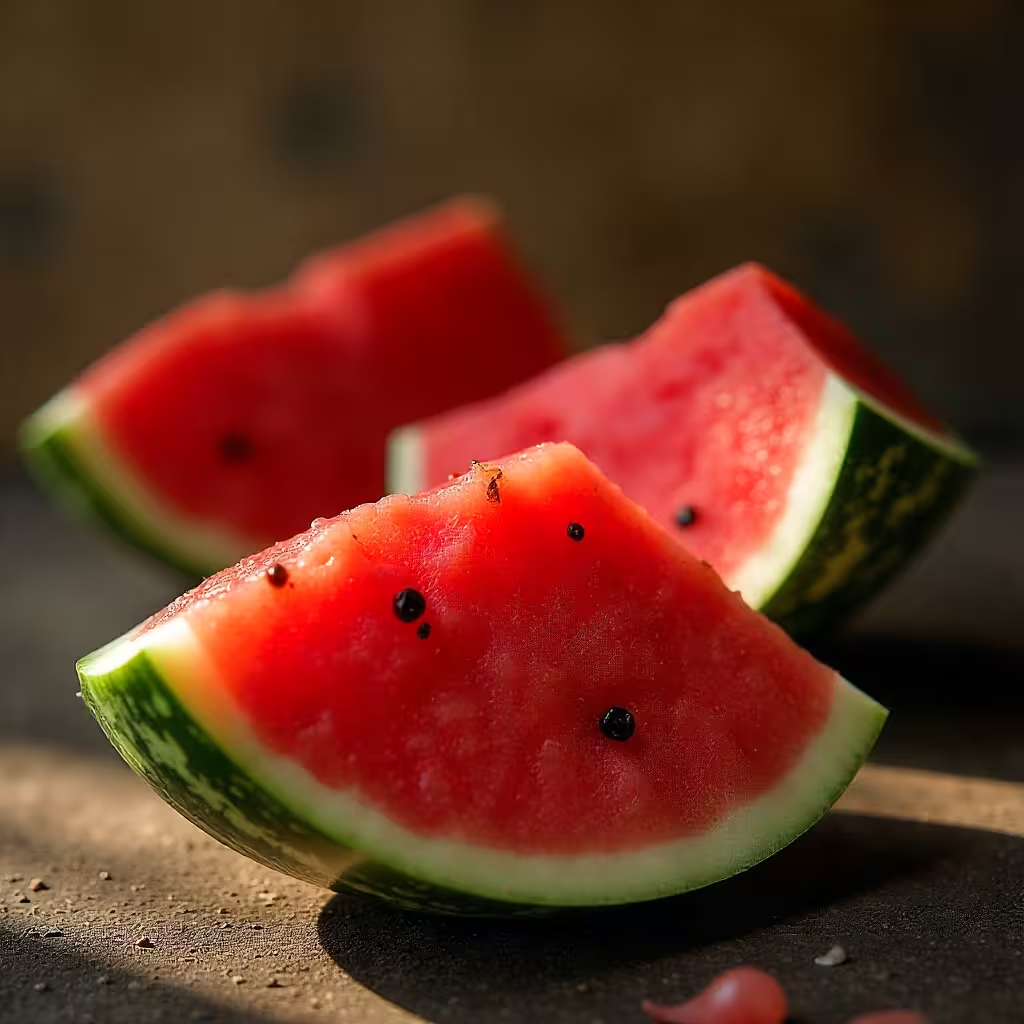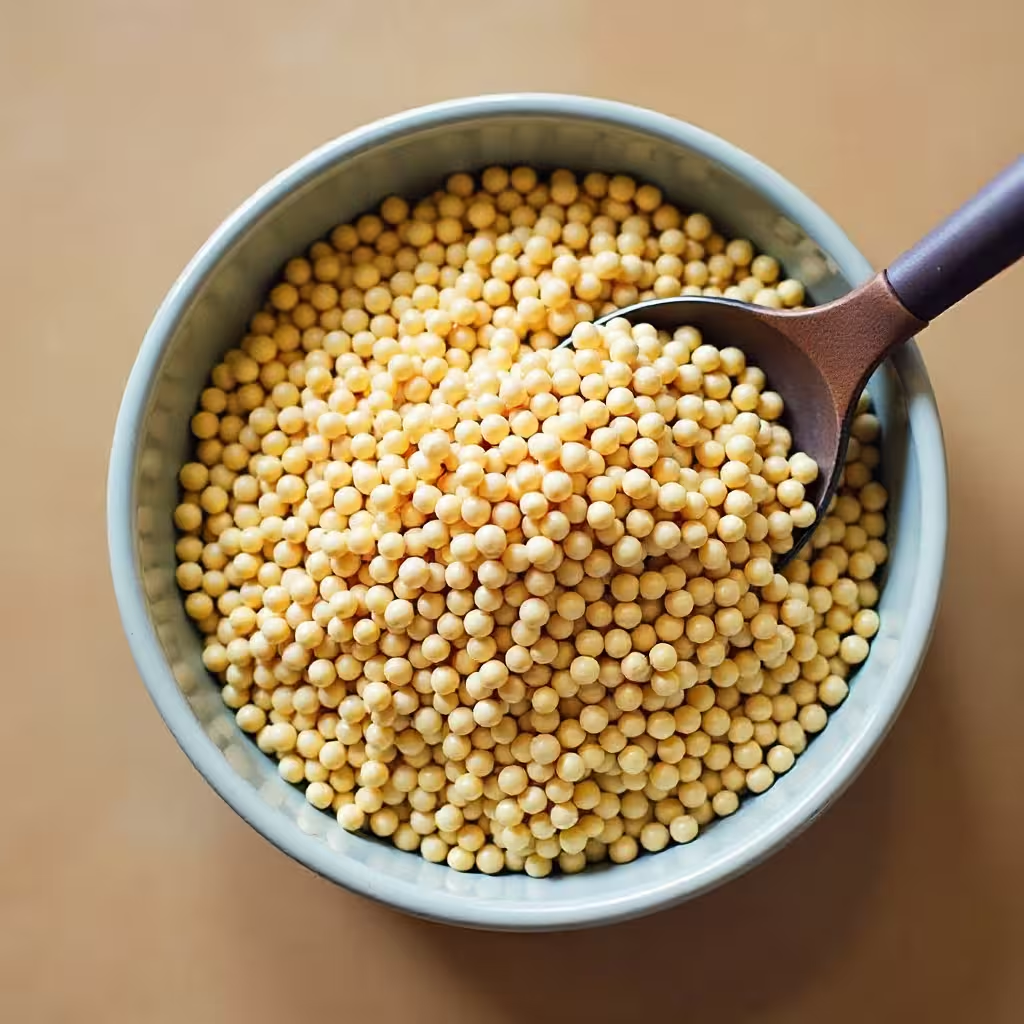Tofu: A Global Protein Powerhouse for Fat Loss
Tofu, also known as bean curd, is a versatile and nutritious food made from soybeans that has become increasingly popular among health-conscious individuals worldwide. With approximately 76-144 calories and 8-15 grams of complete protein per 100 grams depending on firmness, tofu stands out as an excellent low-calorie, high-protein option for those pursuing fat loss goals. Unlike many plant-based proteins, tofu contains all nine essential amino acids, making it nutritionally comparable to animal proteins. Its high water content and protein density create a satisfying feeling of fullness while contributing minimal calories to your daily intake. The mild, neutral flavor of tofu makes it exceptionally adaptable to various cuisines and cooking methods, allowing it to absorb the flavors of whatever seasonings, marinades, or sauces it's prepared with.
Featured Content
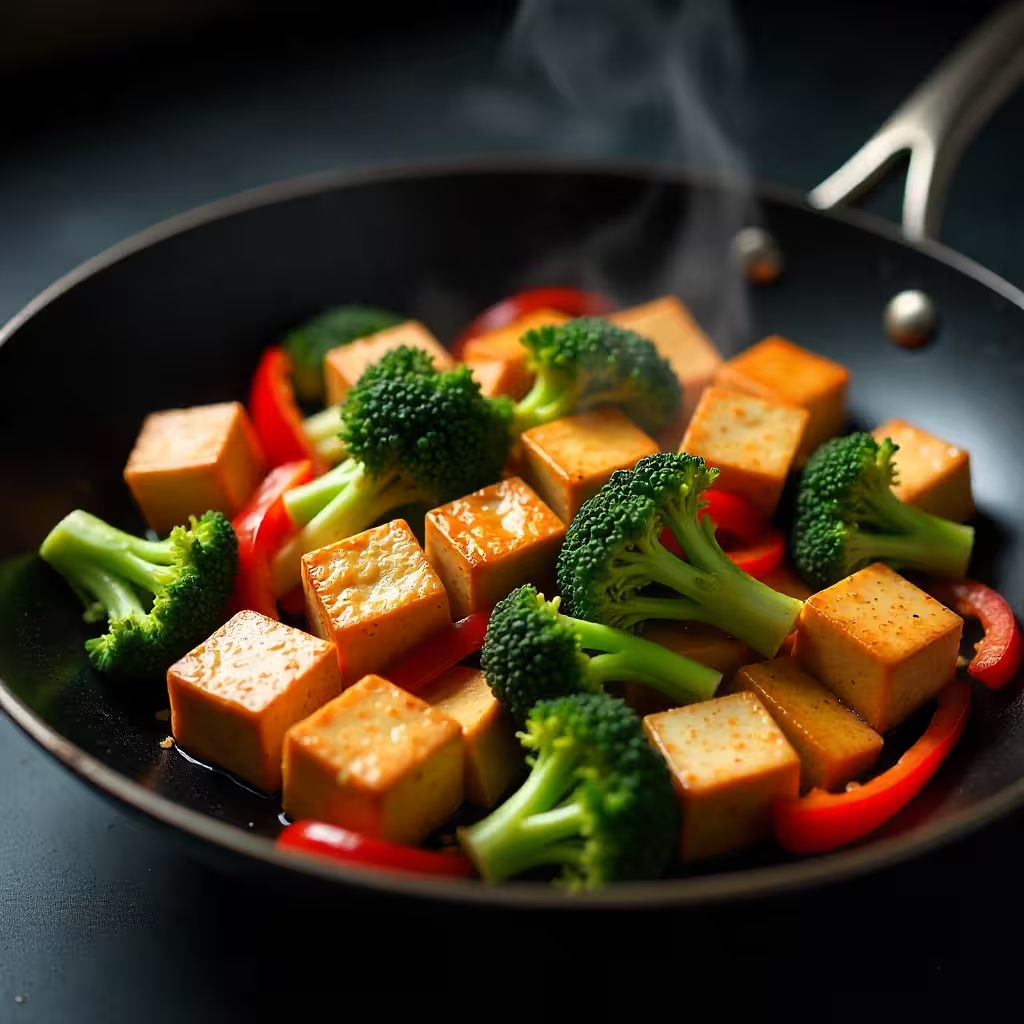
Preparing tofu properly is essential to achieving the best texture and flavor, especially for those new to cooking with this ingredient. The first step for firm and extra-firm tofu is pressing out excess water by wrapping the block in a clean kitchen towel and placing a heavy object on top for 15-30 minutes, which improves its ability to absorb marinades and creates a better texture when cooked. Common preparation methods include baking tofu cubes at 400°F (200°C) for 25-30 minutes until crispy, pan-frying pressed tofu slices in minimal oil for a golden exterior, air-frying for an oil-free crispy result, grilling marinated tofu steaks, or crumbling and scrambling it as an egg substitute. Marinades work best with acidic components like lemon juice, vinegar, or soy sauce combined with spices and herbs. Silken tofu requires no pressing and is ideal for blending into smoothies, making creamy sauces, or incorporating into desserts and soups.
Additional Insights

In Europe, tofu consumption has grown significantly over the past two decades, particularly in countries like Germany, the United Kingdom, Netherlands, and France, driven by increasing vegetarian, vegan, and flexitarian populations. European consumers typically find tofu in health food stores, organic supermarkets, and mainstream grocery chains, with both imported Asian brands and locally-produced European varieties available. Europeans often incorporate tofu into fusion dishes that blend Asian cooking techniques with local culinary traditions, such as tofu in Mediterranean-style salads with olives and sun-dried tomatoes, tofu "schnitzel" in Germany, tofu curries in the UK, and tofu-based vegan cheeses in France. The growing environmental consciousness in Europe has also boosted tofu's popularity as a sustainable protein alternative to meat, with many European brands emphasizing organic, non-GMO soybeans sourced from Europe rather than imported from overseas.
In-depth Analysis
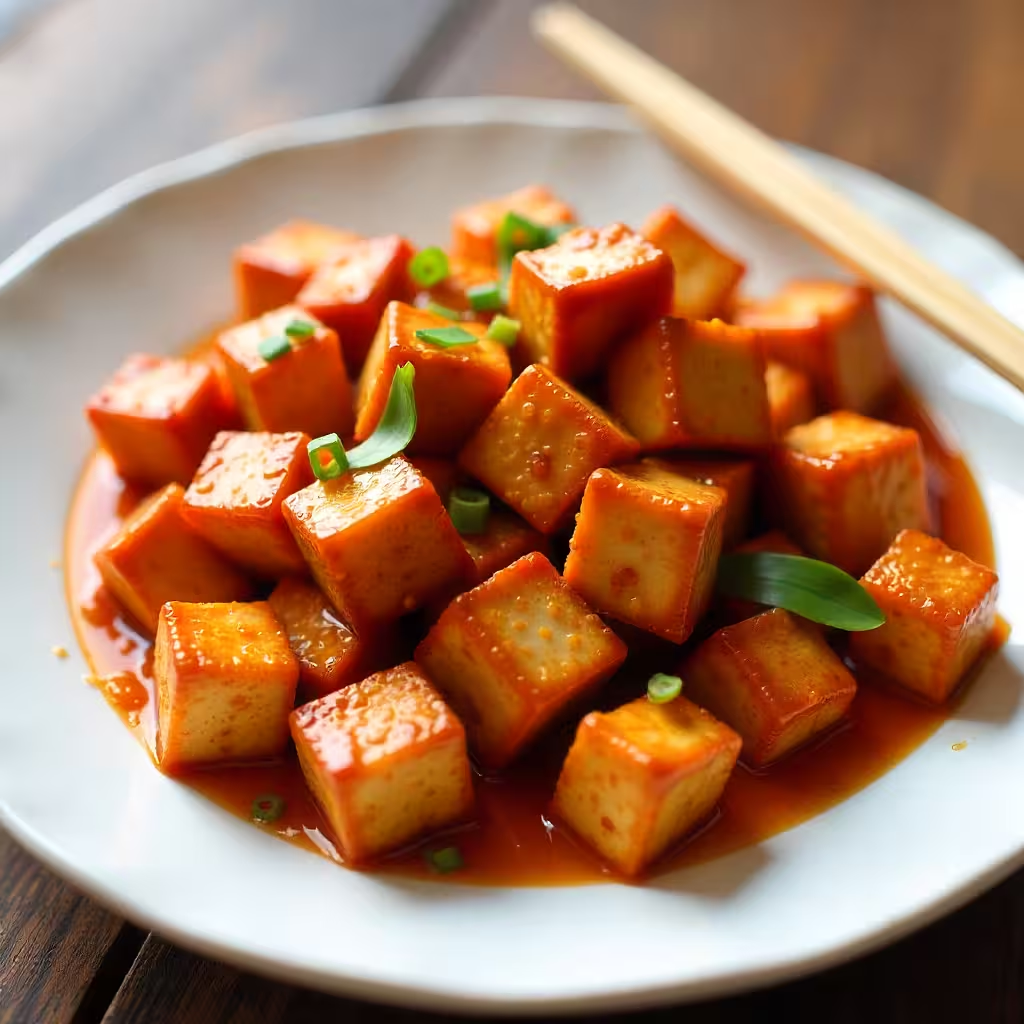
In the United States, tofu has transitioned from a niche health food item to a mainstream protein option available in virtually every supermarket across the country. American consumption of tofu has been steadily increasing, particularly among younger generations, fitness enthusiasts, and those following plant-based diets, with the US tofu market valued at hundreds of millions of dollars annually. Americans use tofu in diverse ways reflecting the country's multicultural food landscape: Asian-American communities maintain traditional preparations like mapo tofu and miso soup, while mainstream American cuisine has adapted tofu into burgers, tacos, buffalo "chicken" wings, breakfast scrambles, and protein smoothies. The rise of companies like Beyond Meat and Impossible Foods has normalized plant-based proteins, creating a more receptive market for tofu products. Health-focused Americans appreciate tofu's high protein content, low calorie density, and absence of cholesterol, making it particularly popular in fitness communities and among those managing weight or following doctor-recommended heart-healthy diets.
Key Highlights
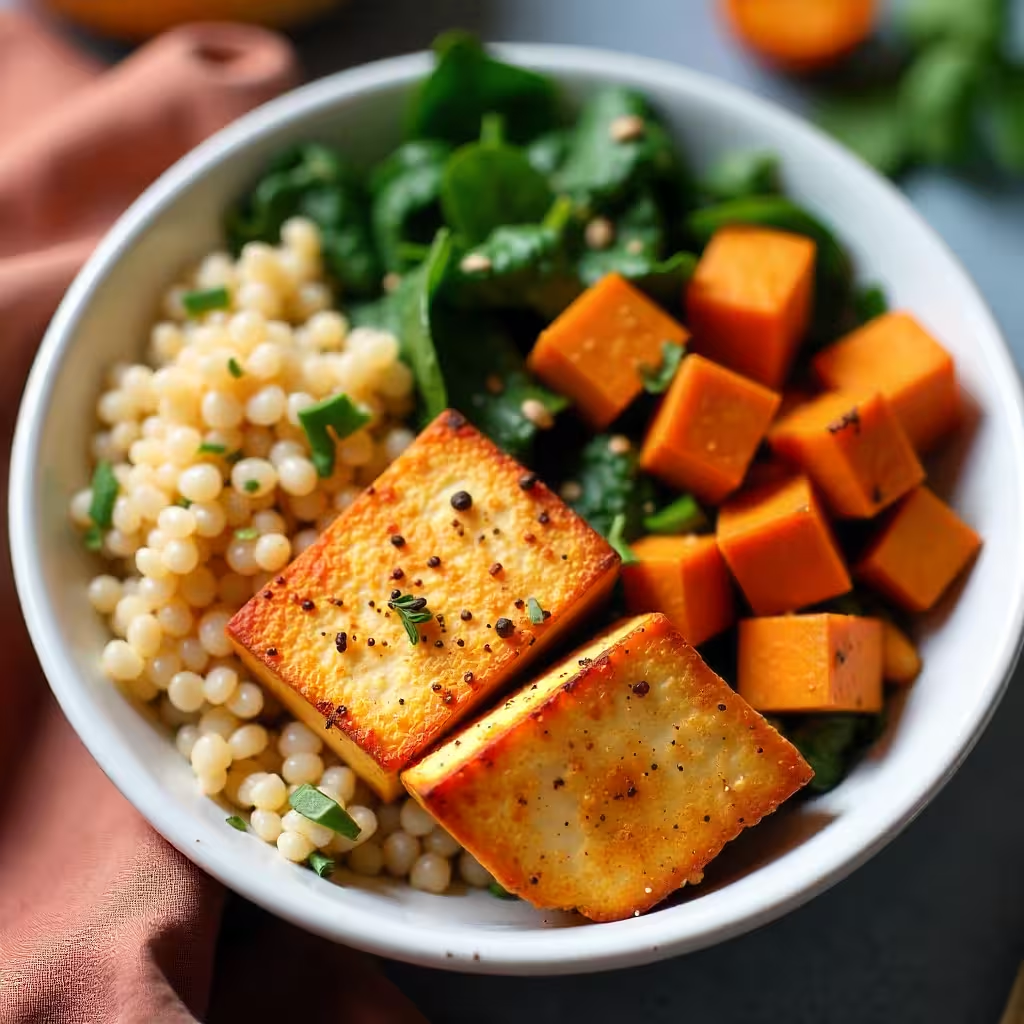
In Africa, tofu remains relatively uncommon compared to traditional protein sources, though its presence is gradually expanding in urban areas and among more affluent, health-conscious consumers. Countries with larger Asian expatriate communities, such as South Africa, Kenya, and Nigeria, have better tofu availability, primarily in Asian grocery stores and upscale supermarkets catering to international residents. The primary barriers to widespread tofu adoption in Africa include limited awareness of how to prepare it, unfamiliarity with its taste and texture, the dominance of traditional protein sources like beans, lentils, fish, and meat, and limited local production making imported tofu relatively expensive. However, there is growing potential for tofu in Africa due to the continent's existing strong tradition of legume consumption, increasing urbanization and exposure to international foods, rising health consciousness among middle-class populations, and the fact that soybeans are already cultivated in many African countries, making local tofu production economically feasible.
Final Thoughts
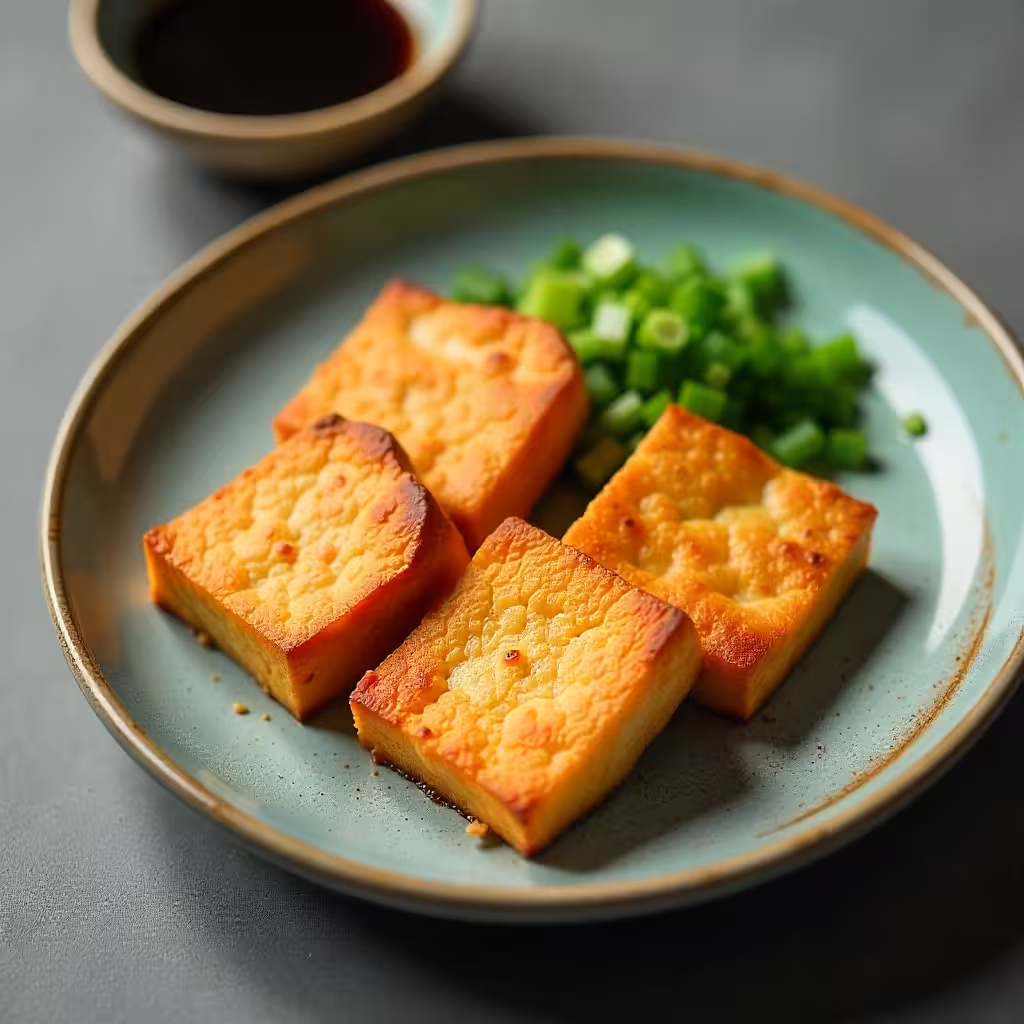
In Rwanda specifically, tofu is still quite rare and largely unknown outside of Kigali and among expatriate communities, though this is beginning to change slowly. The few places where tofu can be found include high-end supermarkets in Kigali such as Simba Supermarket, hotels and restaurants catering to international visitors and NGO workers, and occasionally at local markets through small-scale producers experimenting with soy products. Rwanda's strong agricultural sector already produces soybeans in regions like the Eastern Province, creating potential for local tofu production that could make it more affordable and accessible. For Rwandans interested in incorporating tofu into their diet for fat loss and health benefits, the main challenges are availability and price, as imported tofu can be expensive relative to local protein sources like beans, fish from Lake Kivu, and eggs. However, there is an opportunity for health-conscious Rwandans and entrepreneurs to develop local tofu production, which would align well with Rwanda's goals of value-added agricultural processing, improving nutrition, and creating sustainable protein sources for the growing urban population.


